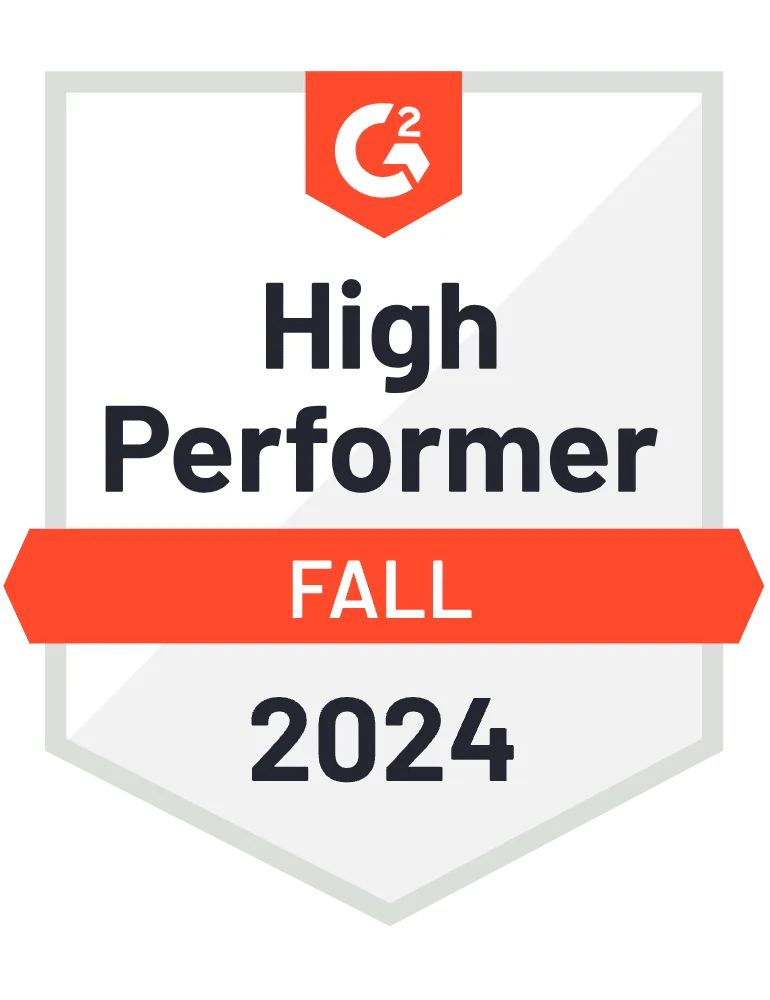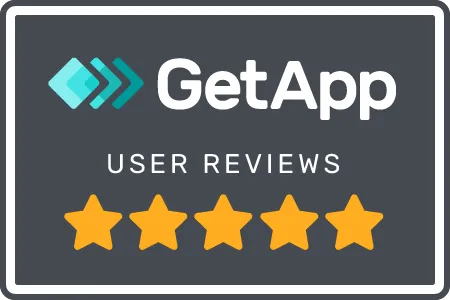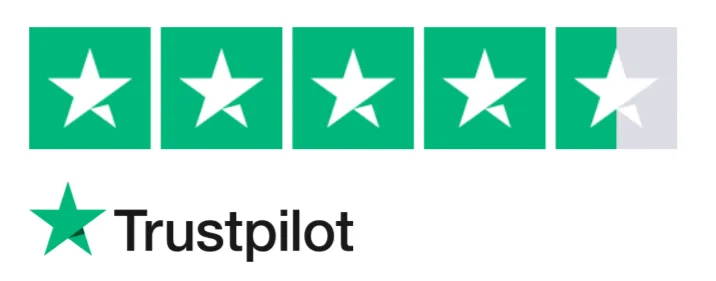What is Dynamic OCR?
Dynamic OCR is a new advanced OCR engine developed by Parseur. As much as AI OCR or Zonal OCR are great at extracting data, they have their own challenges. To mitigate those drawbacks, Parseur introduced Dynamic OCR so that your data extraction process can be performed smoothly.
Limitations of Zonal OCR
Zonal OCR extracts data from specific "zones" in a document. The OCR tool works best when the data field is at a fixed position. The drawbacks of Zone OCR are:
- Cannot extract data that moves dynamically from one document to another
- Cannot handle fields that vary in size
- Cannot identify badly scanned documents accurately
Read more on what is Zonal OCR
Do you have fields that move dynamically across your documents?
Fields such as "table rows", "table lines", "total" or "subtotal" depend on the number of items in your table. They will never stay in a fixed position in all your invoices or purchase orders (PO).
When fields move horizontally, vertically or vary in size, Zonal OCR cannot retrieve those data accurately. This is because Zonal OCR works best when the "zones" are at a fixed position.
How can you extract accurate data if a field keeps changing its position?
Let's take financial data, for example. Every month, your financial statements will be different as they will depend on the costs, revenue and profits for the month. Now if you need to perform a financial audit and require financial data quickly, Zonal OCR may not be the right solution.
But, isn't AI OCR better than Dynamic OCR?
The global OCR market is expected to expand at a compound annual growth rate (CAGR) of 14.8% from 2023 to 2030.
AI OCR is the first generation of OCR which uses a combination of machine learning and computer vision algorithms. AI engines use neural networks to locate fields for data extraction.
Drawbacks of AI OCR
AI OCR has definitely changed the data extraction and data analysis process. However, it has its own limitations.
Manual review is required
When integrating AI OCR software in your workflow, it is often recommended that a manual data review step is added to the process. This is because AI tools are probabilistic. Hence, the process takes time and you always have to depend on someone to get the process moving.
Training is required
You have to train the AI model before you can actually use it. This whole training process is time-consuming, depending on the software that you are using. Some AI OCR can take up to 4 hours to be trained, especially if you have large volumes of data to process.
Black box
If at some point, the AI models fail there's nothing you can do except retrain the model. You cannot go back and customize the tool.
AI OCR is expensive
AI-based OCR softwares are usually expensive and are best for large enterprises. If you are a small business or an individual, this might not be the best OCR tool for you.
Zonal OCR vs AI OCR vs Dynamic OCR
We've highlighted the main differences between the different types of OCR engines:
| AI OCR | Zonal OCR | Dynamic OCR | |
|---|---|---|---|
| Setup | Requires training | Immediate | Immediate |
| Can parse any content | No, restricted to specific languages and verticals | No, cannot parse fields that move or vary in size | Yes |
| Instant data parsing | No, requires time to train the model | Yes, within seconds | Yes, within seconds |
| Manual data review | Yes | No | No |
| Flexible | No, it's a black box. You have to retrain the model from scratch | Yes, easy to troubleshoot and adjust | Yes, easy to troubleshoot and adjust |
| Can parse any document layout | Yes | Yes | No |
Enter - Dynamic OCR!
How does Dynamic OCR work?
There's nothing complex about this new technology as we built it in the simplest way possible. This OCR engine uses the concept of "labels".
What is a label?
Even though a value can move along a document, its position will always be at the same place as its text placeholder. In the example below, the value "$1,600.00" will always be next to the "Subtotal" text.
Creating a label serves as an anchor for positioning the field. You are teaching Parseur to locate its label first and, then use its position to locate its field.
The Subtotal field will be relative to this label.
Dynamic OCR can be done in a few simple steps
Step 1: Create a label
Creating a label is the same as creating a data field. Just draw a box over the text which will be served as an anchor and, click on "Create new label"
Step 2: Create the field that would be relative to the label
Draw a box over the field that you want to extract and tell Parseur that this field is relative to the label.
Step 3: Create a second label (optional)
You can create a second label that will serve as a "closing label". Parseur will use this closing label to determine the end of the field.
And, that's it! Repeat the steps for as many fields as you need to extract and create your Dynamic OCR template.
Learn more about Dynamically fields here
Advantages of Dynamic OCR
Apart from having exceptional localization capabilities, Dynamic OCR offers various benefits which make it better than AI OCR and Zonal OCR.
Data Accuracy
Dynamic OCR can extract data when the field size and field position are variable. The OCR software can locate and capture fields that move in any document. This makes it more accurate than any other OCR tool.
Quick and easy setup
It doesn't require any complex setup. For new Parseur's users, Dynamic OCR is already activated in their mailbox.
Supports documents in different languages
The OCR tool can parse PDFs and other documents in 60+ languages from all around the world.
Documents are processed within seconds
Compared to AI models which take time to be trained, this model can process any PDF file very quickly.
Use Dynamic OCR with Parseur
Parseur is a powerful PDF parser with advanced OCR technology that automates data extraction from documents. Parseur doesn't use any parsing rules or coding for data processing.
A benchmark made at Parseur in June 2024, concluded that on average a customer of Parseur document processing tool saves about 150 hours of manual data entry and about $6,413 every month. - Parseur statistics, June 2024
Compare Parseur with other PDF parsing tools
Frequently Asked Questions
Here are all the questions answered about dynamic OCR.
-
What are the common use cases of Dynamic OCR?
-
You can use the OCR engine for any industry but, some of our favorites are:
- Invoice processing
- Bill of lading
- PDF table extraction
- PDF to Excel extraction
-
Can Dynamic OCR be integrated with other applications?
-
Yes! Parseur has native integrations with Zapier, Make, Power Automate. You can download the data parsed by the OCR engine or export it to any application (ERP, CRM, Webhooks)
-
Is Dynamic OCR expensive?
-
We have a free plan where you can test the software with all the available features. Our pricing plans are on a "pay-as-you-grow" basis and are 4x cheaper on average than other PDF parsers.
-
Can Dynamic OCR extract data from tables?
-
Yes! Dynamic OCR technology can extract table data and you can also teach Parseur the start and end of your table.
-
What are the drawbacks of Dynamic OCR?
-
It cannot parse a new layout automatically. You will need to create a new template if your document has a new layout or format.
-
Does Dynamic OCR support non-English documents?
-
Yes! Dynamic OCR has already been trained in 60+ languages. Spanish, French, Japanese, Hebrew, Arabic, Hindi and so much more. Additionally, it offers experimental support for another 160+ languages.
Last updated on




